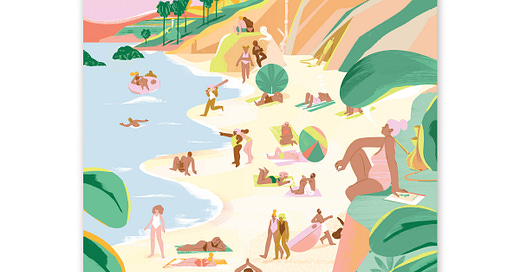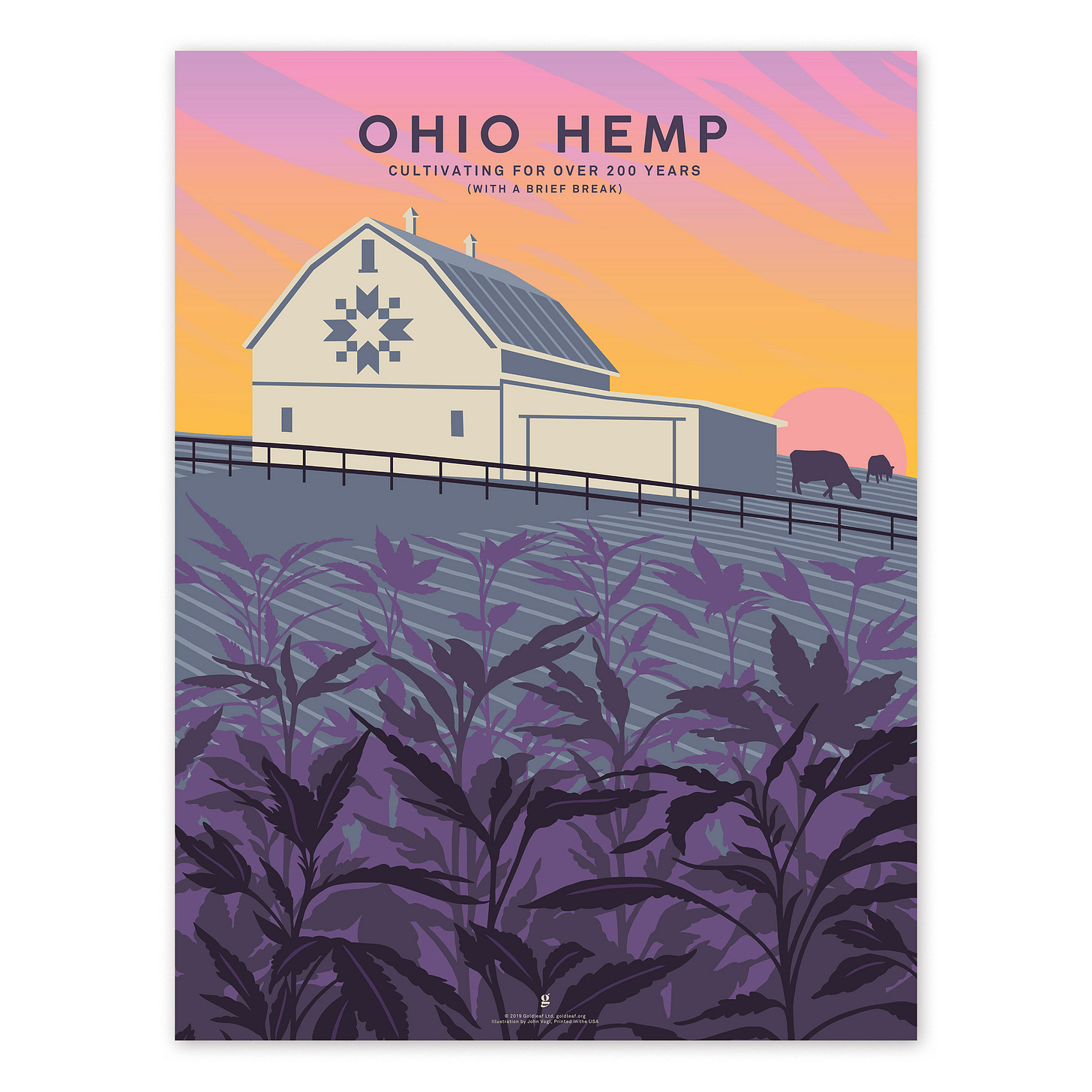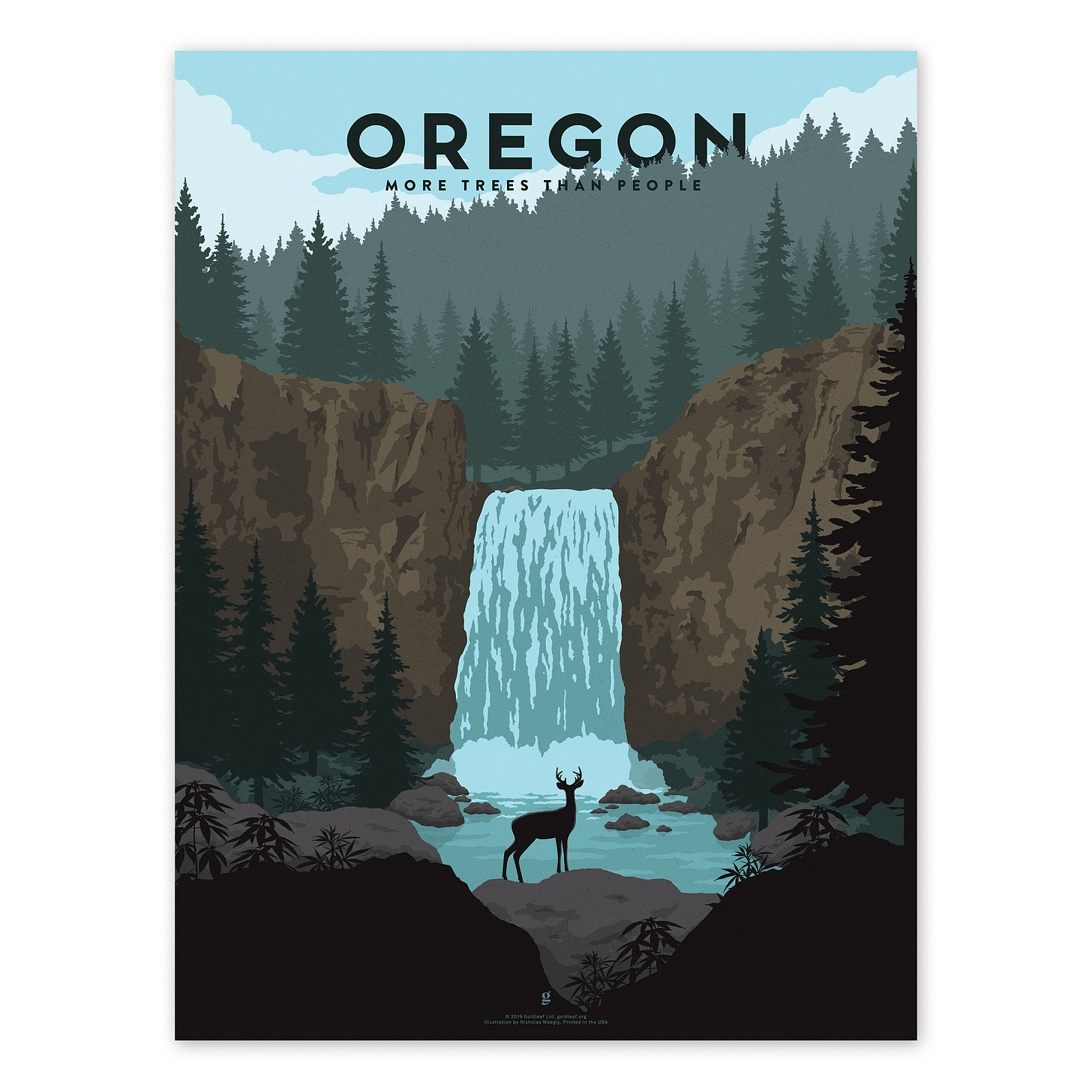One day, in the beginning of June, it hit me: fuck! I had unintentionally become “Cali sober.”
In my personal life, most of the people I’m close with either don’t smoke weed or use it as an occasional vice. There are a few exceptions—boyfriends here and there, the odd super stoner friend—but, often, I’m smoking solo. That’s fine with me. As much as I love shooting the shit and sharing a sesh with others, the high I enjoy from smoking weed is usually more suited for solitary endeavors. I get in my head. I observe everything around me. I like to pay attention to visuals and sounds, as well as how it feels in my body.
This makes smoking weed the ideal homebound activity for me. Conversely, I consider drinking alcohol to be exceptionally social. I’m not shy but I don’t always enjoy meeting new people as it takes a lot of energy out of me. Drinking removes the apprehension and helps to get me comfortable when socializing. It’s for that reason that I only drink socially. So, it isn’t surprising to me that I’ve more or less stopped drinking since we started sheltering in place, which eliminated normal socializing. I’ve been looking for an easy way to cut back on drinking for a while now. Even though I sound like a real teetotaler with the way I described my drinking habits up top, the truth is that although I don’t drink at home or alone, I’m also always out. Ergo, I’m always drinking. It has started to get old.
Booze screws with my skin, makes me irritable, keeps weight on my body that I’d rather not have, and gives me hangovers that I really just don’t have the patience or time to deal with. Weed has always felt better in my body. It calms my anxiety, keeps my spirits uplifted, and makes everything just a little bit more enjoyable. I welcomed the change, leaned into it, and ratcheted up my cannabis intake as I took alcohol out of my diet. I started beginning my days with cannabis oil in my coffee, eating small doses (5 mg) of edibles throughout the day, smoking joints and bowls every few hours, and eating much, much larger doses of edibles at night.
One day, in the beginning of June, it hit me: fuck! I had unintentionally become “Cali sober.” The term, which has become popular in stoner circles in the last few years, refers to people who stop drinking alcohol but continue or start to smoke weed in its place. I assume “Cali” is the chosen moniker since the great state that I live in, California, is also American stoner culture’s spiritual home. So, if one chooses to just smoke weed, making that the focal point of their intoxication, it’s “sooooo Cali.” Or whatever.
Honestly, it’s not my favorite term. For starters, absolutely nobody who lives in or is from California ever says Cali. You’re a kook extreme if you ever refer to the state as such. That said, I get it. It sounds laid back—which is very on-brand for weed stuff—and makes a particularly important point. One can be sober and still smoke weed. It doesn’t have to be classified as a drug in the way other intoxicants have, though I believe that has to be a personal assessment.
Even though switching from alcohol to cannabis may be an individual journey, it seems to have been one that many people have taken in a quest to feel better.
“Being an addict and alcoholic for so many years, I have to be careful about indulging in anything,” says Anne W. of Escondido, CA, who runs a cannabis-infused cooking and catering company with her husband. “If you were to ask my rehab counselor or any of the AA people I got sober with, they’d say I’m no longer sober the day I took my first puff of weed. They would say because I consumed something ‘mind-altering’ that I fell off the wagon. They would feel that I could no longer stand up at an AA meeting and receive my annual chips of milestones,” she continues.
Anne adds that she didn’t introduce cannabis into her life until her seventh year of being completely sober. “I think that it helped to be solid in my sobriety. One size does not fit all, though, so this is a very individual journey. For me, it’s simple. The medicinal benefits far outweigh the risks on this one,” she says.
Even though switching from alcohol to cannabis may be an individual journey, it seems to have been one that many people have taken in a quest to feel better. New York-based NowThis editor Natalie Daher says, “I tried a ‘dry January’ this year for the first time, and through that, I became more comfortable being sober around friends or coworkers in bars or otherwise alcohol-filled settings. I also realized how much I hope to one day limit or entirely cut out alcohol from my life, ideally when I'm no longer in my twenties with a social life in a city often fueled by booze.”
Fast forward to today: Daher is either sober from all substances or smoking weed and taking edibles at a maximum. She says she was able to make a longer-term choice after trying it out earlier this year. Lots of people I asked had similar outcomes, though their individual reasons for undertaking Cali sobriety varied.
Others have decided to personalize what makes the cut what doesn’t. One person asked said they recently quit alcohol to support a friend doing the same but has admitted that turning entirely to weed has gotten “quite expensive.” Another realized that quarantine was not, in fact, a non-stop party and decided after two-three weeks of it to reserve drinking for weekends only—weed was okay on weekdays. Another quit drinking for a year while still smoking weed. Yet another person nixed out hard liquor and beer, but still drinks wine from time to time while maintaining consistent weed smoking. Two people I talked to are around alcohol for professional reasons—a bartender at The Casbah in San Diego and a wine broker—but have retained cannabis in their lives while kicking out the booze.
Just like with alcohol, you can have one drink and feel good. Why go to two? Or three? It's the same kind of concept with cannabis
For those serious about making the switch, there are medically-backed approaches one can take rather than trying it unaided or going cold turkey. Elisabeth Mack, a Registered Nurse who founded Holistic Caring, a medicinal cannabis consultancy and care provider that bridges the gap between mainstream medicine and integrative concepts, urges people to microdose with cannabis so they can find an appropriate daily dose and ingestion method. Her suggestion for those looking to cut out alcohol is to get moderate cannabis use into a person’s regular daily routine—not to suggest they cut out drinking, binge or otherwise, with an equal amount of smoking. Her goal is to get patients to utilize their endocannabinoid systems to achieve optimal mental and physical health.
“If you're inhaling, if you're smoking, that would be one to two puffs,” Mack says. There’s a phrase: one puff is enough. Wait five minutes. If you feel like you need a second one, go ahead and do that,” she instructs, adding that for edible ingestion methods, she suggests starting with 2.5-5 mg. depending on the user’s existing daily intake.
“Here’s the thing,” Mack continues. “You don't want to overload the receptors in your body with this substance. You want to just fine-tune and tone. We have this system called the endocannabinoid system. And our job is to tone it so that we can feel our best. And just like with alcohol, you can have one drink and feel good. Why go to two? Or three? It's the same kind of concept with cannabis,” she says.
She particularly recommends microdosing cannabis for PTSD, depression, and anxiety sufferers. “When people are starting to want to downshift their anxiety, PTSD or depression, I teach them to find what we call the ‘minimum effective dose,’” Mack says. “What is the smallest dose that is going to tone the endocannabinoid system—tone your receptors without flooding them and making you too high and triggering side effects? The minimum effective dose is the dose that you want to take in to see benefits, but not to have side effects,” she explains.
It was at this point in my conversation with Mack that I realized I was significantly over blasting my own endocannabinoid system—not just during quarantine, but for many years now, both for fun and to manage my nerves. Mack assures me this is quite common, though risky, as ingesting too much cannabis over time can deplete dopamine in users. That’s obviously not good for people with PTSD, anxiety, depression, or other co-related ailments. I think about all the people I currently know who are overly self-medicating with weed, including former drinkers. Mack sees many clients and patients with similar issues.
“They’ll say to me, ‘Elisabeth, I've been drinking too much. How can I drink less and use cannabis more?’ And, pretty much, most of these people need to downshift their nervous system. So, my job is to just get them out of the fight or flight anxiety that they have every day and help them to feel better about themselves, their lives. I generally use tinctures to do that, to get a systemic blood level of cannabinoids on a consistent, reliable daily basis,” she says. Basically, Mack uses cannabis with her patients in the same way a psychiatrist would use pharmaceutical drugs. She adds that, like with alcohol, if one starts to feel tired, sluggish and unmotivated, that’s a decently good sign someone has taken too many hits or too high of a dose.
One is the issue of satisfying both cannabis purists and cannabis-curious customers, who may not have any idea about dosing. Both communities are looking for an alternative to alcohol in some sense.
Like in anecdotal practice and within the medical community, cannabis businesses are increasingly betting on people becoming Cali sober. Two Roots, a cannabis beer company that opened its first tasting room in San Diego last year, uses state-of-the-art dealcoholization technology from a company in Germany to produce its dealcoholized cannabis-infused beer. Basically, the technology includes a still that, instead of extracting the best alcohol and leaving whatever the fermenting agent is as waste as is done in during a traditional distilling process, does the opposite, maintaining the integrity of the beer despite removing the alcohol.
The company mentioned in an interview with me last year that they face a two-fold issue when marketing the beer. One is the issue of satisfying both cannabis purists, who inherently are going to side-eye cannabis beer as lame and not high-enough octane, and cannabis-curious customers, who may not have any idea about dosing. Both communities are looking for an alternative to alcohol in some sense.
To address this, Two Roots employs nanoemulsion technology during the brewing process that breaks down THC and CBD into smaller particles that are more readily absorbed by the body, resulting in a faster onset and a quicker comedown, akin to alcohol. This means drinkers can check in with themselves and decide whether or not they need another beer, rather than wait for the weed to kick in as they would have to do with other edibles or drinkables.
A few months ago, I brought samples of their 10-milligram Straight Drank Terpene Pale Ales (or TPA, a decidedly brand new style of beer) to a party for me and another fellow enthusiast I knew would be in attendance [editor’s note: LOL, remember parties?]
Thanks to the cannabis infusion, the TPA tasted hoppier than it normally would have. It tasted like a classic West Coast-style IPA, with a flavor strong enough to make the drinker forget there’s no booze in it. The high quickly set in, as promised, and is a mellow mental high akin to smoking Sativa flower--that is, it’s very uplifting and social. I noticed that I didn’t miss drinking at all, despite being at a party.
“It’s really strange for me,” said my friend, who probably smokes more weed than any person I’ve ever met. “It was an isolated head high that was a bit dizzying, with almost no body high. Edibles are the opposite that in most cases,” he explained.
I asked him whether or not he would drink no-booze cannabis beer again, knowing that this is a person who likely isn’t ever going to stop drinking or smoking weed. “Yeah! I’d ‘ice’ someone with it,” he said, referring to the joking tradition of surprising someone with a Smirnoff Ice they then must chug on the spot. “And then I’d challenge them to beer pong.” Seems like the Cali sober revolution is already well underway.
One to try
I’ve been a fan of Goldleaf’s cannabis journals ever since I was introduced to them for the first time two or three years ago. What I like about their medical and recreational journals, in particular, is that they’re meticulously designed—clearly, someone who likes weed a whooooooole lot had a significant hand in their creation. Pages include ample room to take notes and pre-delineated sections for monitoring symptoms, effects, dosages, strain information and other necessary tidbits for serious students of the plant.
In addition to functionality, something else I like about Goldleaf’s design is the artwork behind it, which they’ve rolled out into a line of prints, some of which are more infographic in style and some which are simply beautiful. So, when the company announced they were releasing a line of cannabis travel-inspired prints, this also-travel writer was particularly tickled. I currently have the SoCal print, obviously, which features a variety of beachgoers, many of whom are partaking in this plant we all love so much. The other prints depict Northern California (specifically, the Emerald Triangle), Ohio, Colorado and Oregon.
More good news! As much as I love Goldleaf, it turns out they love me back. Remember when I said I’d let you know if I got paid for any links? I’ve started an affiliate relationship with the company, specific to Cannabitch, so anytime you click and buy with them via me, I’ll get a kickback and you’ll get a discount—just head to https://shopgoldleaf.com/cannabitch. For the next week only, enter the discount code “Cannabitch10” and get 10% off your order anywhere on the site, including the travel prints.
Since this went long this week—there’s just so much to talk about with Cali sober, I guess!—I’m shifting the munchies and other fun sections to the paid subscriber portion, which will go live on Friday. The main event will be a piece on the intersection between Traditional Chinese Medicine (TCM) and cannabis, penned by fellow San Diego cannabis journalist Lara McCaffrey, who also used to have a cannabis column at San Diego CityBeat before the red wedding. I mean, the takeover. Right. Anyway! Please consider becoming a paid subscriber, it will only get more fun from here. Thank you!









